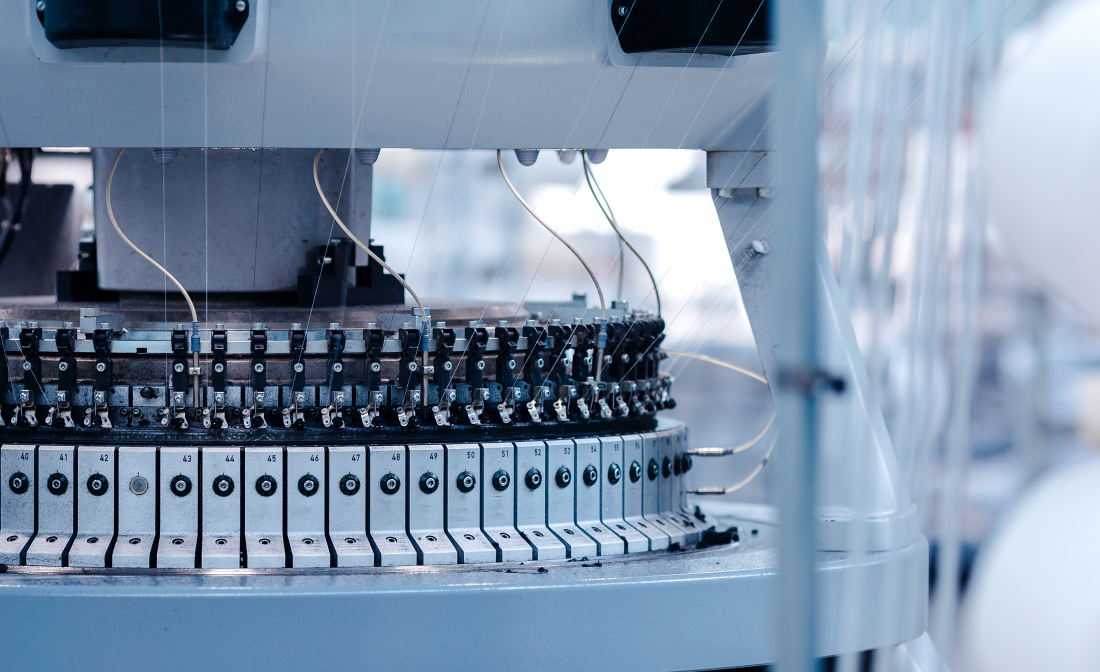The apparel industry is extremely competitive. Apart from the fierce competition that will only continue growing in 2023, garment manufacturers have to deal with such challenges as fluctuating demand, seasonality, and ever-changing fashion trends.
To stand out, more and more businesses in the textile industry pay closer attention to technology in order to get access to data insights that help to adapt to changes quickly and take smart actions “on the fly”.
Therefore, the utilization of such all-in-one solutions like ERP systems has already become a necessity. In this article, we’re going to discuss the importance of data-driven decision-making in the apparel industry and how the technology can improve the overall performance of garment manufacturing businesses.
Seamless integration
The apparel industry usually encompasses multiple complicated processes: design, planning, production, distribution, and others. In order to maintain quality at the top level, all these processes have to be available and clear to each and every employee involved.
A proper ERP allows the integration of business processes and managers across all departments for productivity maximization. It provides a single database that helps various departments to communicate and collaborate in real time.
As such, the entire production cycle can be indicated in a company’s ERP system.
For instance, the production process of the textile companies that use 1C:Drive ERP system usually goes as follows:
After the design is discussed and chosen with clients, the merchandising team can define all the raw materials they need to get. A merchandiser inputs every detail, including fabric, trim, color, pattern, and price to the ERP. This then allows a purchasing team to buy necessary materials from vendors.
If there is an issue in terms of planning, the ERP gives a notification that something isn’t going as predicted. Managers need to get approval from their heads to make amends and continue the process. Thus, the ERP allows planning to be transparent for all team members.
Finance management
Costing is crucial in any business. Managing and analyzing a company’s finances with automation tools is extremely valuable in 2023.
Proper ERP software can carry out various types of analysis, including profit and loss, cost-benefit, usage of raw materials, and others.
1C:Drive ERP allows companies to monitor and allocate budgets where resources can be used more accurately and precisely. For example, those, who are in charge, are purchasing a certain trim, the warehouse managers send it to a production unit, and then this information is added to the ERP.
If some fabric isn’t used and left in the production unit after the production is ready, they take it back to the warehouse. In the end, the ERP users are aware of how many items were spent. Thanks to that, accountants can analyze the overall profit and loss easily and thus gain more control over waste, which makes profitability estimates more accurate.
Inventory optimization
Lower profitability in the apparel industry is often caused by incorrect production estimates. With the ERP system, however, managers can easily forecast the demand-supply ratio for profit maximization.
Again, correct data is crucial to predict demand more accurately and adjust production planning according to various circumstances, including fashion trends, seasonality, and so on. Managers can plan how much textile they need to make clothing to reduce textile waste during manufacturing.
Deep data analysis
Automation tools allow companies to analyze data and react more quickly to operational issues and market changes. This is especially valuable in the ever-changing apparel industry. Managers get updates about the warehouse, inventory, and distribution processes regularly and can define what’s working and what should be eliminated, using historical data.
Based on this information, employees can determine goals and pivot a course of action for various production processes if needed.
The users of the 1C:Drive ERP solution, for example, can conduct a deep analysis of planned and actual costs and make conclusions while considering every customer separately.
In conclusion
Making data-driven business decisions is more critical than ever before. Having the right data at the right moment allows apparel businesses to make sure they’re competitive and can satisfy their customers’ needs in an efficient manner.







